When using the Minitran language (used by Monash University in Australia to teach Fortran in around 1970) how do you ask for trigonometric functions like Sin, Cos, Tan, Log, Sqrt, etc?
The cards with which you submit your programs are like this:
Note that the only alphabetic characters you can "punch" out (with a paper clip) are A, B, I, J and F (F is on the bottom-right of each column).
Are these functions called by using (say) F1 (for Sin), F2 (for Cos) or what? And if so, what is the mapping of function numbers to the underlying functions?
Arithmetic if
I wonder what did they use for logical operators?
I worked that bit out with a bit of prompting from a friend who did the same course.
https://www.fortran.com/F77_std/rjcnf-11.html
11.4 Arithmetic IF Statement The form of an arithmetic IF statement is:
IF (e) s1, s2, s3
where:
e is an integer, real, or double precision expression
s1, s2, and s3 are each the statement label of an executable statement that appears in the same program unit as the arithmetic IF statement. The same statement label may appear more than once in the same arithmetic IF statement.
Execution of an arithmetic IF statement causes evaluation of the expression e followed by a transfer of control. The statement identified by s1, s2, or s3 is executed next as the value of e is less than zero, equal to zero, or greater than zero, respectively.
